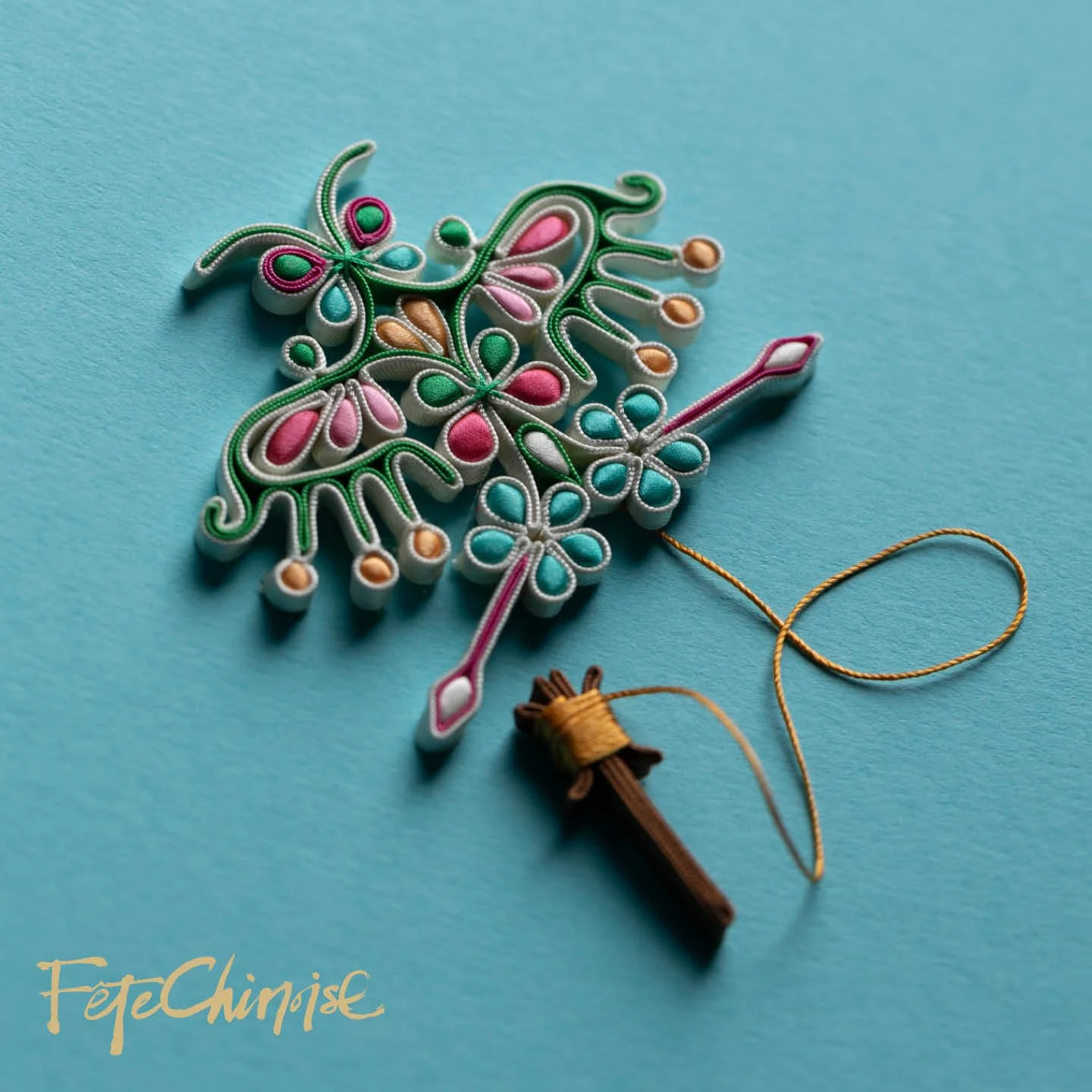朱達誠 Chu Tat Shing Toronto Art Exhibition
Provided by Chinese Cultural Centre of Greater TOronto
Photo: Kenneth Li
The “Art at Heart, Chu Tat-shing Exhibition” taking place at the Chinese Cultural Centre of Greater Toronto from August 4-13, 2023. This summer, Toronto welcomes renowned Hong Kong sculpture artist, Mr. Chu Tat-shing. The exhibition, a unique interplay of Eastern and Western cultures, showcases Toronto’s vibrant cultural diversity while offering a glance into Hong Kong’s rich heritage.
Much like Bruce Lee, Mr. Chu believes art and culture know no boundaries. He emphasizes the pursuit of excellence and the courage to tackle challenges. Mr. Chu will be unveiling a life-sized statue of the iconic Bruce Lee, designed exclusively for this exhibition, to commemorate the 50th anniversary of the star’s passing. His exhibition will also feature a wide array of captivating sculptures and paintings, each embodying tales of resilience, heritage, and transformation.





















Chinese culture values symbolism. On important occasions like the wedding banquet, the ingredients used are chosen with care, and each dish carries different meanings. A typical Chinese wedding banquet menu includes either ten or twelve dishes, symbolizing "full and perfection" or implying that the couple will have happiness throughout the twelve months of the year. For this special feature, we invited Rovey Chinese Catering and Private Dining, to demonstrate twelve classic Chinese wedding banquet courses and introduce the meaning behind each dish.